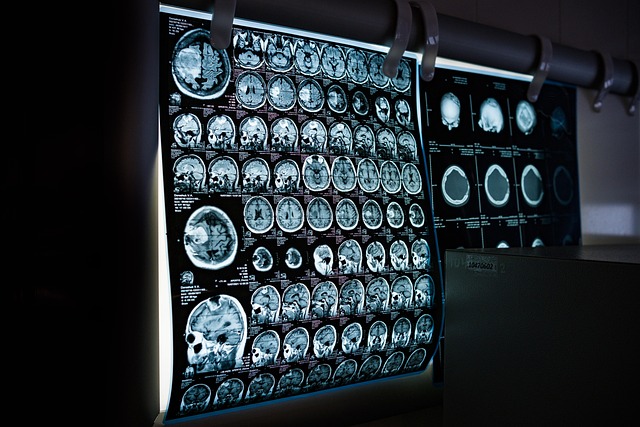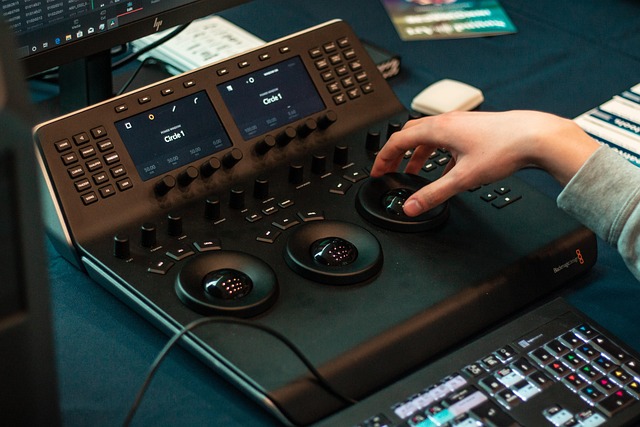Decoding the Language of Images: A Guide to Effective Interpretation in Imaging
In a world increasingly dominated by visuals, mastering image interpretation is more crucial than ever. Every day, our lives are filled with images that convey messages, tell stories, and evoke emotions. From the photos we scroll past on social media to the complex visuals used in medical imaging, understanding these images is an art in itself.
But what does it mean to truly understand an image? It’s not just about seeing; it’s about deciphering the emotions, context, and intentions behind the visuals. This journey begins with a keen eye and an open mind. You need to approach each image as if it were a language waiting to be decoded.
The Elements of Image Interpretation
To embark on this interpretive journey, consider the following elements:
- Context: Every image exists within a specific context that influences its meaning. Ask yourself, what was happening when this image was captured?
- Composition: Analyze how the elements in the image are arranged. Does the composition guide your eye to a particular focal point?
- Color: Colors carry emotional weight and can drastically change the mood of an image. What feelings do the colors evoke?
- Symbolism: Look for symbols that might represent deeper meanings. Are there objects or motifs that suggest something more than their literal presence?
Building Emotional Connections
Image interpretation is more than just analysis; it’s about building connections. As viewers, we absorb and react to images based on our personal experiences. For instance, a simple landscape photograph can transport you back to a cherished vacation, while a medical image can evoke anxiety or relief. Understanding this emotional layer is essential in the interpretation process.
To enhance your interpretative skills, engage with varied types of images. Attend art galleries, explore photography blogs, or analyze scientific imagery. Each image offers a unique perspective, allowing you to refine your interpretive abilities.
Practical Applications in Imaging
In fields like healthcare, effective image interpretation is not just desirable—it’s critical. Radiologists, for example, must translate complex images into accurate diagnoses, where a single misinterpretation can have serious consequences. This highlights the responsibility that comes with image interpretation, reinforcing the need for training and experience in the field.
Beyond healthcare, marketing professionals also rely on image interpretation to determine how visuals might influence consumer behavior. Understanding audience reactions to specific imagery can shape future campaigns, making interpretation a vital tool in many industries.



